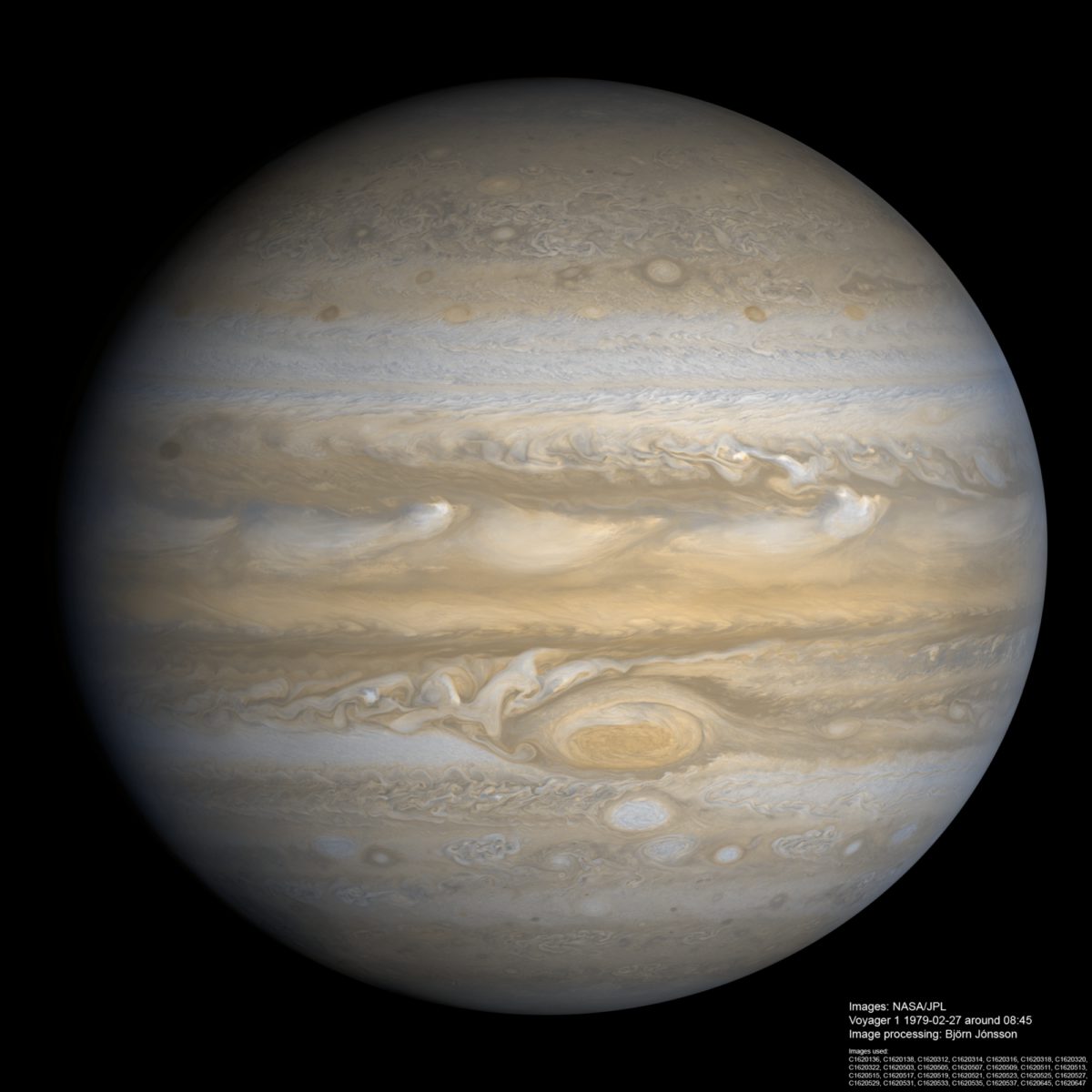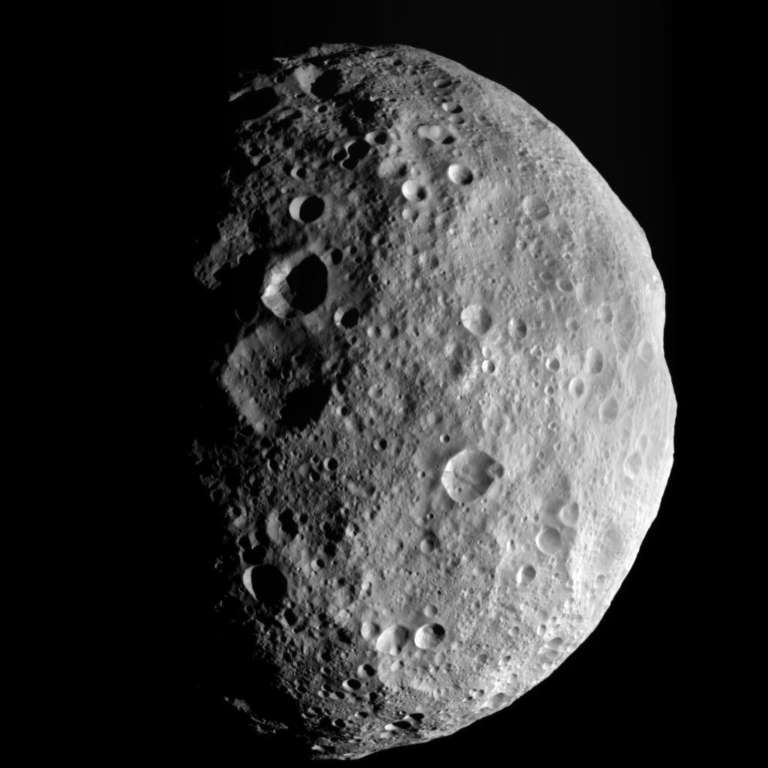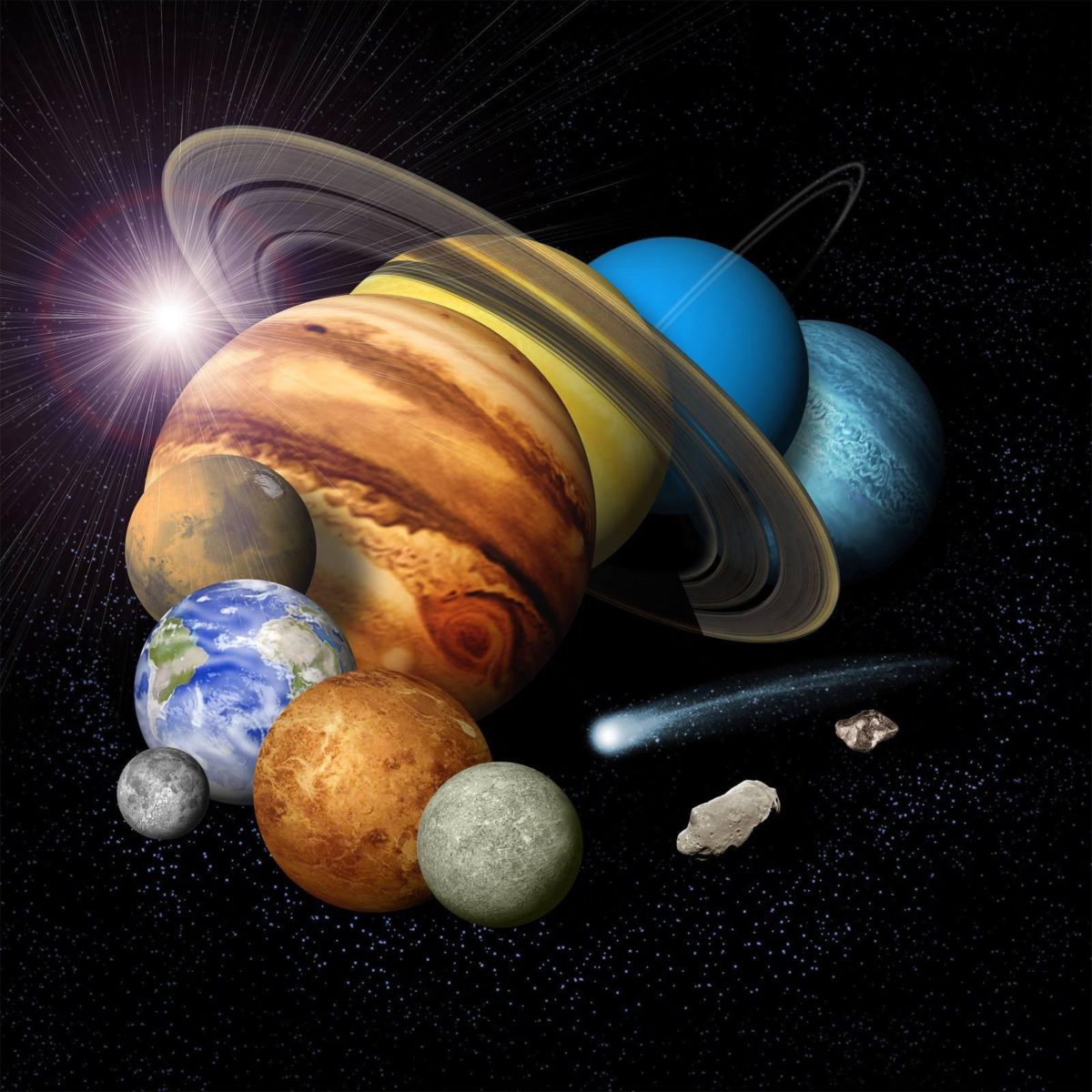All
All
Stories, updates, insights, and original analysis from The Planetary Society.
A couple of gems from the archives
We're still working on migrating content from the old to the new website. This week, that means I am looking, one by one, through some great amateur-processed space images.
Mars Exploration Rovers Update: Opportunity Greets Curiosity, Roves to Clay Mineral Hunting Grounds
Opportunity stood down for nine days in early August as Curiosity landed and went through check-out, but on the tenth day the Mars Exploration Rover was back on the road, driving along the northwestern rim of Endeavour Crater and into the
MAHLI sees Curiosity's wheels firmly on Martian ground
MAHLI opened its
Hello, beautiful!
Curiosity's much-anticipated self-portrait with the MAHLI camera just arrived on Earth, and even though it was shot through the dust cover it is AWESOME.
Outcrop Ahead for Opportunity!
Oppy is opening an exciting new chapter in her adventure at Cape York. Having driven down to, over and past Whim Creek, she has now explored halfway down Cape York, to a promising fin-like ridge of dark rock.
Cure for the blues: processing images of a blue planet
I noticed today that I hadn't seen any amateur-processed versions of Voyager's departing shots of Uranus, so I decided to give it a try.
Checking in on Curiosity after sol 30
Curiosity completed the
Pretty picture: bizarre spherules
A wonderfully strange photo from Opportunity's exploration of Cape York, Endeavour Crater.
A Voyager 1 anniversary mosaic
Back in 1979 the twin Voyager 1 and 2 spacecraft flew by Jupiter. Some of their images were processed into color images and mosaics that have appeared countless times in books, magazines, on TV and on the Internet. Many of these images and mosaics are spectacular but they were processed more than 30 years ago using computers that are extremely primitive by today's standards. It's possible to get better results by processing the original, raw images from the Voyagers using modern computers and software.
Dawn Journal: Back to interplanetary space
After more than a year in orbit, Dawn has left Vesta, beginning the spacecraft's journey to Ceres.
Knots on Mars
It might surprise most people to learn that multitudes of knots tied in cords and thin ribbons have probably traveled on every interplanetary mission ever flown. If human civilization ends tomorrow, interplanetary landers, orbiters, and deep space probes will preserve evidence of both the oldest and newest of human technologies for thousands, if not millions of years.
Name That Asteroid!
OSIRIS-REx is will return a piece of the ancient asteroid 1999 RQ36, and it's up to you to come up with a name.
Following up the dark spot on Uranus
It was a surprise and delight to have our Icarus paper highlighted in Emily Lakdawalla's blog. Thanks for highlighting Uranus, since it has gotten, ahem, a bum rap over the years. Here's more about our discovery of the dark spot on Uranus.
An amazing LEGO model of Curiosity
A petite model of Curiosity in LEGO accurately represents many of its features and functions.
What's Up in the Solar System in September 2012
It's an active time in interplanetary exploration! Curiosity has begun roving Mars, and Opportunity's not wasting any time either. Dawn has just departed Vesta and begun the more than two-year cruise to Ceres. Juno is in the middle of a big deep-space maneuver, setting up next year's Earth flyby.
HiRISE's best view of Curiosity yet
HiRISE's best opportunity to view Curiosity so far came 12 days after landing, when the orbiter passed nearly directly overhead. The photo resolves amazing detail on the huge rover.
FAA smooths path to commercial spaceflight
The FAA will allow operators of Class III amateur rockets to apply for launch licenses, smoothing the path for commercial spaceflight providers.
Optical SETI Gets a Major Upgrade
The Planetary Society Optical SETI Telescope in Harvard, Massachusetts just got a major upgrade of its electronics.
An unheralded anniversary
Yesterday, August 27th, 2012, was, in a sense, the 50th anniversary of interplanetary travel. Fifty years ago yesterday, Mariner 2 launched toward Venus, and became the first object to leave Earth and travel to another world.
NITARP seeks educators for NASA astronomy research
NITARP seeks educators interested in teaming up with NASA astronomers to perform genuine astronomical research.


 Explore Worlds
Explore Worlds Find Life
Find Life Defend Earth
Defend Earth


 Sun
Sun Mercury
Mercury Venus
Venus Earth
Earth Mars
Mars Jupiter
Jupiter Saturn
Saturn Uranus
Uranus Neptune
Neptune Small Bodies
Small Bodies















